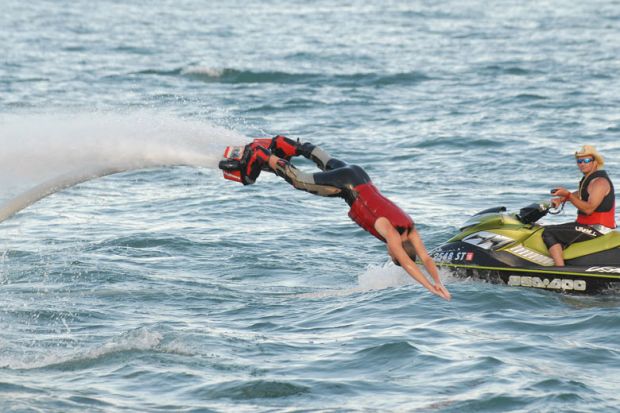As his fellow presidents flee US higher education at what appear to be unprecedented rates, Steven DiSalvo of Endicott College is trying to fight back by distributing some doses of reality.
Addressing what the three-time college president sees as largely a problem of expectations, he is making plans for tutorial sessions in which seasoned veterans explain to potential leaders from inside and outside academia what the job entails to help them assess whether they really want to give it a go.
At the gathering scheduled for next summer at Endicott, Dr DiSalvo is arranging for five currently serving institutional presidents to spend two full days with a group of about 25 interested potential candidates, including aspirants from the private sector, telling them exactly what the job involves.
“I think there are a lot of people out there that only see the sexy part of the job – awarding honorary degrees, going to fancy dinners with donors,” he said. “They don’t see what goes on 80 per cent of the time, which is basically running a business in higher education.”
Dr DiSalvo said one of his colleagues wondered if the effort might serve to scare away potential presidents rather than attract them.
“And I said, we might scare some people away, but that’s probably a good thing,” said Dr DiSalvo, who has been the head of Endicott’s 3,000-student campus on the Atlantic coast north of Boston since 2019. “If they don’t think that they are up to the task, they shouldn’t be in the candidate pool.”
Dr DiSalvo’s activism is driven in part by his neighbourhood. Massachusetts has at least 11 institutions with recent, current or upcoming vacancies, across a range of types, including Harvard, Tufts and Boston universities, the Massachusetts Institute of Technology, Smith College and the University of Massachusetts Amherst.
The rush to the exits, however, appears to be nationwide, owing to a combination of factors and frustrations, fuelled by the sense that many university presidents held on longer than planned to avoid abandoning their institutions at the worst part of the pandemic.
Data from the American Council on Education, the US sector’s main institutional membership group, shows that the average presidential time in office dropped from 8.1 years in 2006 to 6.7 in 2011 and 5.8 in 2016, with a new tally expected next year.
Institutional governing boards appear to be compounding the shortages, Dr DiSalvo said, by responding more frequently to the turnover by poaching leaders from other campuses.
“Boards are looking for experienced presidents,” especially at institutions that are facing challenges in enrolment and fundraising, he said. “They want somebody who’s been in the seat before.”
The need for something aimed more at setting and managing expectations does seem clear, said Michael Horn, a higher education strategist.
“We’re clearly not landing with candidates that can stay at an institution for a couple [of] decades,” said Mr Horn, a co-founder and fellow at the Clayton Christensen Institute for Disruptive Innovation. “If you look at the successful leaders, that’s the time frame by which they stay to really affect meaningful change and transformation in their institutions.”
Register to continue
Why register?
- Registration is free and only takes a moment
- Once registered, you can read 3 articles a month
- Sign up for our newsletter
Subscribe
Or subscribe for unlimited access to:
- Unlimited access to news, views, insights & reviews
- Digital editions
- Digital access to THE’s university and college rankings analysis
Already registered or a current subscriber? Login








